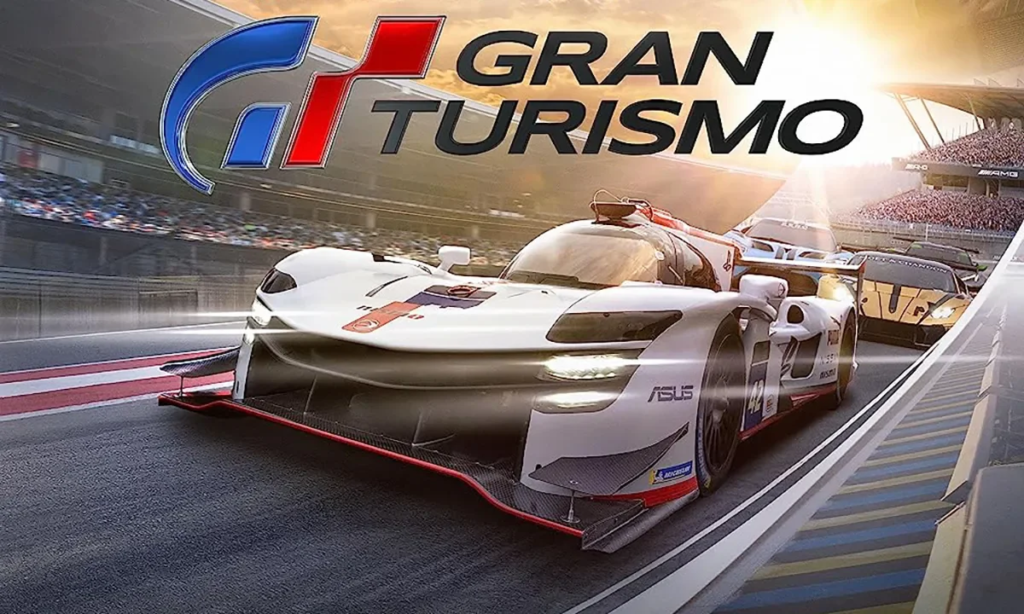Gran Turismo, often hailed as the quintessential racing simulation game, has etched its name in the annals of gaming history with its unparalleled realism, extensive roster of cars, and intricately designed tracks. This in-depth exploration aims to shed light on the elements that have cemented Gran Turismo’s status as a titan in the racing genre, from its humble beginnings to its evolution into a cultural phenomenon.
Genesis and Evolution
The journey of Gran Turismo began in 1997, under the visionary guidance of Kazunori Yamauchi and his team at Polyphony Digital. What set Gran Turismo apart from its contemporaries was its obsessive attention to detail and an unwavering commitment to realism. The game’s debut on the PlayStation console was a watershed moment, redefining what players expected from racing simulations. Over the years, Gran Turismo has evolved, harnessing the advancements in gaming technology to deliver ever more immersive experiences. Each installment in the series has built upon the success of its predecessors, expanding the game’s vehicle lineup, enhancing graphics, and refining physics engines to mimic the intricacies of real-world driving more faithfully.
A Testament to Realism
At the heart of Gran Turismo’s enduring appeal is its devotion to realism. This is not just a game; it’s a tribute to the art of driving. The developers’ painstaking efforts to accurately model the performance and handling characteristics of each car have set a new benchmark for realism in racing games. The game’s physics engine simulates variables such as tire grip, aerodynamics, and weight distribution, ensuring that each vehicle offers a unique driving experience that mirrors its real-world counterpart. This dedication to authenticity extends to the meticulously crafted tracks, many of which are laser-scanned replicas of famous racing circuits around the globe, offering players the thrill of driving on iconic tracks like the Nürburgring or the Suzuka Circuit.
The Gran Turismo Garage: A Car Enthusiast’s Dream
One of the most celebrated aspects of Gran Turismo is its expansive library of cars. From vintage classics to the latest supercars, the game boasts an eclectic collection that caters to the tastes of automotive enthusiasts from all walks of life. Each car is rendered with an obsessive level of detail, capturing the essence of its real-world counterpart. The game’s car customization and tuning features allow players to modify their vehicles to suit their driving style, adding a layer of depth and personalization to the gameplay. This comprehensive approach ensures that whether you’re a fan of American muscle, JDM tuners, or European exotics, Gran Turismo has something to offer.
The Competitive Spirit of Gran Turismo
Gran Turismo is more than just a single-player experience; it’s a vibrant community of racers. The introduction of online multiplayer has opened up new avenues for competition, allowing players from around the world to pit their skills against each other. The game’s competitive scene is thriving, with organized tournaments and events that cater to both casual racers and professional esports athletes. The FIA Gran Turismo Championships, officially sanctioned by the Fédération Internationale de l’Automobile, is a testament to the game’s competitive integrity and its role in bridging the gap between virtual racing and real-world motorsport.
Beyond Gaming: Gran Turismo’s Cultural Impact
Gran Turismo’s influence extends beyond the confines of the gaming world. It has played a pivotal role in popularizing car culture among a younger generation, introducing millions to the intricacies of automotive design and engineering. The game has also fostered partnerships with major car manufacturers, leading to the creation of concept vehicles designed exclusively for the virtual world of Gran Turismo. These collaborations highlight the game’s impact on the automotive industry and its ability to inspire innovation.
Looking Ahead: The Future of Gran Turismo
As technology continues to advance, the future of Gran Turismo looks promising. With each new installment, the developers push the boundaries of what’s possible, leveraging the latest hardware to enhance graphics, expand gameplay features, and offer more realistic driving experiences. The integration of virtual reality and other immersive technologies offers exciting possibilities for the series, promising to draw players even closer to the sensation of being behind the wheel of their dream car.
In conclusion, Gran Turismo stands as a monumental achievement in the realm of racing simulations. Its commitment to realism, combined with an expansive selection of cars and tracks, has created an enduring legacy that continues to captivate players around the world. As the series evolves, it remains at the forefront of the genre, offering a window into the exhilarating world of racing and automotive culture.

